Kolkata is India's third really big megacity, along with Mumbai and Delhi. Kolkata is located in eastern India and is capital of West Bengal province. Although earlier settlements existed in the area, Kolkata as a city started with the British East India company in the 1700s and it served as capital of British operations in India for much of colonial history until the capital was moved to Delhi. Kolkata was still long considered the cultural and intellectual capital of India.
Kolkata's become synonymous in modern times with squalor, poverty, and decay and is famous as the location of Mother Theresa's ministries to help the poor
. Kolkata's unique poverty dates mostly to the 20th century, though, and the partition of British India into Hindu India and Muslim Pakistan. Bengali-speaking regions were also split on religious lines in the late 1940s and millions of Hindu refugees streamed into Kolkata from what became East Pakistan. Another large wave of refugees flooded into the city during Pakistan's civil war between east and west when Bangladesh achieved independence in the early 1970s. Top that off with Marxist policies of Communist-run governments in West Bengal that (among other things) imposed rent controls in Kolkata, and much of the housing and other buildings were left to decay by owners who could not charge enough rent to maintain their properties.
They say the Marxist craziness is pretty much over and West Bengal is becoming more like other parts of India in the 21st century. Nevertheless, Kolkata still impressed me as a particularly densely-populated, chaotic, and crowded city.
We had two nights and two full days in Kolkata before catching a night train towards Darjeeling on our last day in town
. It was significantly more time to explore and see the sights than the one full day we had in Mumbai and Delhi. On the first day several of us decided to hire a driver for the day to take in some of the major sites. These included the headquarters of The Sisters of Charity (the organization Mother Theresa founded); a trio of Jain religion temples; the home museum of Bengali poet Rabindranath Tagore; a walk around the Kumartuli neighborhood which specializes in making statues used in Hindu religious parades; Saint Paul's Anglican Cathedral; Kali Temple, dedicated to worship of the bloodthirsty goddess Kali; and the Victoria Memorial.
On my second day I decided to go for a long wander through Kolkata's historic center. It's filled with monumental buildings from the 19th century as well as many places of religious worship. I figured within two days in Kolkata I managed to take in churches and temples of most of the world's major religions - a mosque, a Kali Hindu temple, Jain temples, a synagogue, and churches of Roman Catholic, Presbyterian, Anglican, and Armenian Christians.
Kolkata was a trip joining city meaning the end of the fourth leg (Odisha region) and beginning of the last leg (Himalayan foothills) of my circle loop of India with Dragoman. That always means saying goodbye to travel friends as they leave to go home or continue their travels and meeting new folks who will be on the next few weeks of the journey.
Kolkata - India's Cultural Capital
Wednesday, February 12, 2014
 Kolkata (Calcutta), West Bengal, India
Kolkata (Calcutta), West Bengal, India
Other Entries
-
35Varkala - Gorgeous Beaches and Surf's Up
Jan 2221 days prior Varkala, Indiaphoto_camera30videocam 0comment 0
Varkala, Indiaphoto_camera30videocam 0comment 0 -
36Kerala's Traveling Village Temple Festivals
Jan 2320 days prior Attingal, Indiaphoto_camera81videocam 0comment 0
Attingal, Indiaphoto_camera81videocam 0comment 0 -
37Cape Cormorin - India's Holy Southern Tip
Jan 2419 days prior Kanniyākumāri, Indiaphoto_camera27videocam 0comment 0
Kanniyākumāri, Indiaphoto_camera27videocam 0comment 0 -
38Madurai - A Temple Right Out of Indiana Jones
Jan 2518 days prior Madurai, Indiaphoto_camera43videocam 0comment 0
Madurai, Indiaphoto_camera43videocam 0comment 0 -
39Trichy - India's Largest Hindu Temple Complex
Jan 2617 days prior Trichy, Indiaphoto_camera43videocam 0comment 2
Trichy, Indiaphoto_camera43videocam 0comment 2 -
40Pondicherry - A Bit of France in India
Jan 2716 days prior Pondicherry, Indiaphoto_camera31videocam 0comment 0
Pondicherry, Indiaphoto_camera31videocam 0comment 0 -
41Mamallapuram - Seaside Temples in Stone
Jan 2815 days prior Mamallapuram, Indiaphoto_camera49videocam 0comment 0
Mamallapuram, Indiaphoto_camera49videocam 0comment 0 -
42Chennai - India's Fourth Biggest City
Jan 3013 days prior Chennai (Madras), Indiaphoto_camera53videocam 0comment 0
Chennai (Madras), Indiaphoto_camera53videocam 0comment 0 -
43Tirumala - World's Most Visited Pilgrimage Site
Jan 3112 days prior Tirupati, Indiaphoto_camera8videocam 0comment 0
Tirupati, Indiaphoto_camera8videocam 0comment 0 -
44Andhra Pradesh - Two Days Transit in Eastern India
Feb 0210 days prior Visakhapatnam, Indiaphoto_camera24videocam 0comment 0
Visakhapatnam, Indiaphoto_camera24videocam 0comment 0 -
45Gaudaguda - Paroja Tribal Villages and Markets
Feb 048 days prior Rāyagada, Indiaphoto_camera96videocam 0comment 0
Rāyagada, Indiaphoto_camera96videocam 0comment 0 -
46Paroja Tribal Wedding Celebration
Feb 057 days prior Rayagada, Indiaphoto_camera36videocam 0comment 0
Rayagada, Indiaphoto_camera36videocam 0comment 0 -
47Tribal Hill Country of Odisha State
Feb 066 days prior Bissamcuttack, Indiaphoto_camera53videocam 0comment 0
Bissamcuttack, Indiaphoto_camera53videocam 0comment 0 -
48Gopalpur - Orissa Seaside Village
Feb 075 days prior Gopālpur, Indiaphoto_camera55videocam 0comment 0
Gopālpur, Indiaphoto_camera55videocam 0comment 0 -
49Chillika Lake - Largest Brackish Lake in Asia
Feb 084 days prior Gamandia, Indiaphoto_camera51videocam 0comment 0
Gamandia, Indiaphoto_camera51videocam 0comment 0 -
50Puri - Eastern India's Holy Hindu City
Feb 093 days prior Puri, Indiaphoto_camera47videocam 0comment 0
Puri, Indiaphoto_camera47videocam 0comment 0 -
51Konark - Seaside Temple of the Sun
Feb 102 days prior Konark, Indiaphoto_camera48videocam 0comment 0
Konark, Indiaphoto_camera48videocam 0comment 0 -
52Kolkata - India's Cultural Capital
Feb 12 Kolkata (Calcutta), Indiaphoto_camera107videocam 0comment 0
Kolkata (Calcutta), Indiaphoto_camera107videocam 0comment 0 -
53Darjeeling - The Raj's Premier Indian Hill Town
Feb 153 days later Darjeeling, Indiaphoto_camera69videocam 0comment 0
Darjeeling, Indiaphoto_camera69videocam 0comment 0 -
54Karmi Farm - Relaxation and Trekking in the Hills
Feb 186 days later Bijanbāri Bāzār, Indiaphoto_camera96videocam 0comment 0
Bijanbāri Bāzār, Indiaphoto_camera96videocam 0comment 0 -
55Sikkim - India's Himalayan Mountain Kingdom
Feb 2210 days later Gangtok, Indiaphoto_camera40videocam 0comment 0
Gangtok, Indiaphoto_camera40videocam 0comment 0 -
56Closing the Circle - The Road Back to Kathmandu
Feb 2513 days later Hitura, Nepalphoto_camera20videocam 0comment 0
Hitura, Nepalphoto_camera20videocam 0comment 0 -
57Langtang Valley Trek Part I - The Low Country
Mar 0319 days later Shyaphrubesi, Nepalphoto_camera59videocam 0comment 0
Shyaphrubesi, Nepalphoto_camera59videocam 0comment 0 -
58Langtang Valley Trek Part II - Central Valley
Mar 0521 days later Langtang National Park, Nepalphoto_camera113videocam 0comment 0
Langtang National Park, Nepalphoto_camera113videocam 0comment 0 -
59Langtang Valley Trek III - Among Himalayan Peaks
Mar 0824 days later Langtang National Park, Nepalphoto_camera120videocam 0comment 0
Langtang National Park, Nepalphoto_camera120videocam 0comment 0 -
60Negombo - The Rome of Sri Lanka
Mar 1531 days later Negombo, Sri Lankaphoto_camera40videocam 0comment 0
Negombo, Sri Lankaphoto_camera40videocam 0comment 0 -
61Wilpattu - Leopard Spotting
Mar 1733 days later Wilpattu National Park, Sri Lankaphoto_camera29videocam 0comment 0
Wilpattu National Park, Sri Lankaphoto_camera29videocam 0comment 0 -
62Arunadhapura - Ruins of Sri Lanka's First Capital
Mar 1834 days later Anuradhapura, Sri Lankaphoto_camera40videocam 0comment 0
Anuradhapura, Sri Lankaphoto_camera40videocam 0comment 0 -
63Dambulla - Buddhist Mountaintop Cave Temples
Mar 1935 days later Dambulla, Sri Lankaphoto_camera29videocam 0comment 0
Dambulla, Sri Lankaphoto_camera29videocam 0comment 0 -
64Polonnaruwa - Anicent Ruins & Elephant Safari
Mar 2036 days later Polonnaruwa, Sri Lankaphoto_camera46videocam 0comment 0
Polonnaruwa, Sri Lankaphoto_camera46videocam 0comment 0 -
65Sigiriya - Sri Lanka's Rock Top Fortress
Mar 2137 days later Sigiriya, Sri Lankaphoto_camera25videocam 0comment 0
Sigiriya, Sri Lankaphoto_camera25videocam 0comment 0 -
66Kandy - Sri Lankan Cultural Capital
Mar 2238 days later Kandy, Sri Lankaphoto_camera74videocam 0comment 0
Kandy, Sri Lankaphoto_camera74videocam 0comment 0 -
67Adams Peak - Where Adam Landed on Earth
Mar 2440 days later Hatton, Sri Lankaphoto_camera33videocam 0comment 0
Hatton, Sri Lankaphoto_camera33videocam 0comment 0 -
68Sri Lanka Central Highlands - Tea Country
Mar 2541 days later Bandarawela, Sri Lankaphoto_camera64videocam 0comment 0
Bandarawela, Sri Lankaphoto_camera64videocam 0comment 0 -
69Sri Lanka's South Coast - Colonial Galle & Beaches
Mar 2743 days later Galle, Sri Lankaphoto_camera57videocam 0comment 0
Galle, Sri Lankaphoto_camera57videocam 0comment 0 -
70Colombo - Sri Lanka's Capital
Mar 2945 days later Colombo, Sri Lankaphoto_camera36videocam 0comment 0
Colombo, Sri Lankaphoto_camera36videocam 0comment 0

 Kolkata (Calcutta), West Bengal, India
Kolkata (Calcutta), West Bengal, India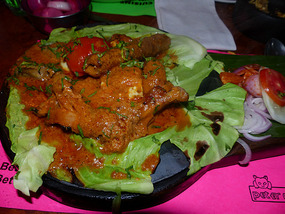




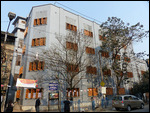
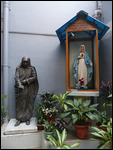

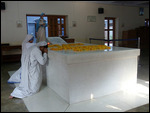
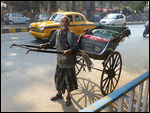
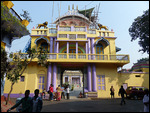

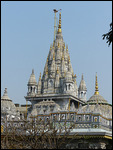
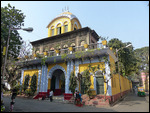
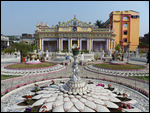
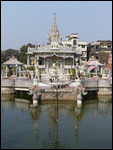
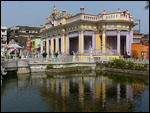
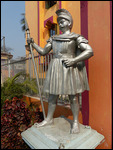
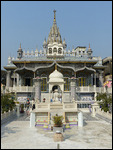
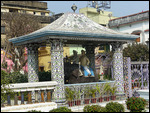
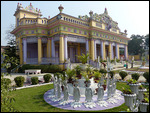
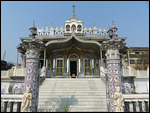
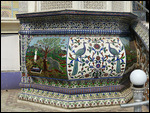
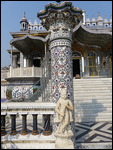
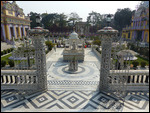
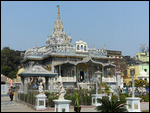
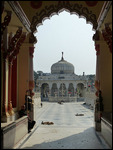
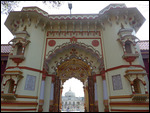
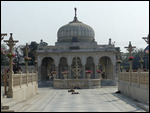
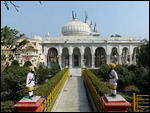
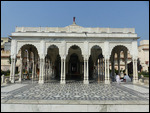
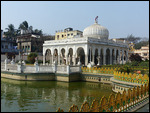
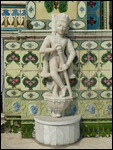
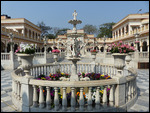
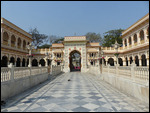
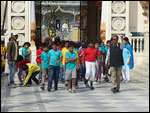

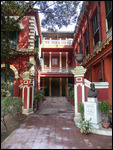
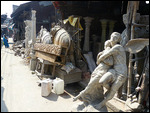
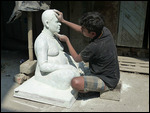
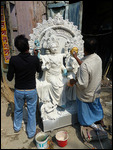
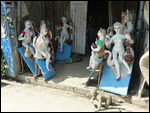
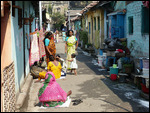
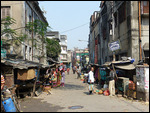
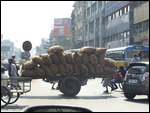
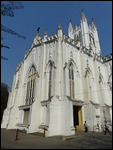
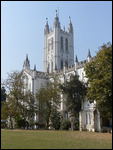
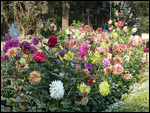
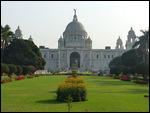
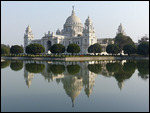


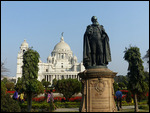
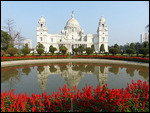
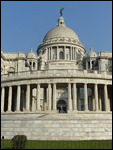
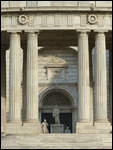

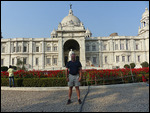
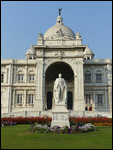
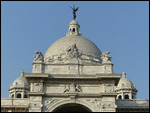
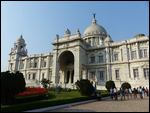
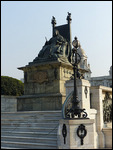
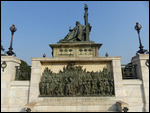
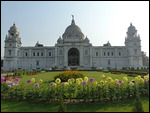
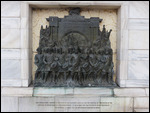
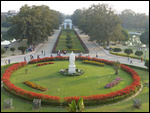
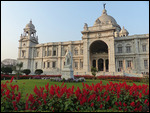
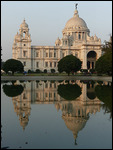
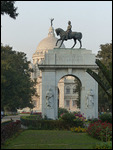
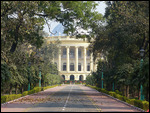
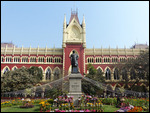
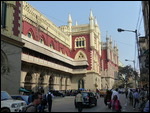
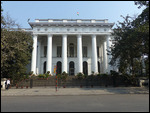
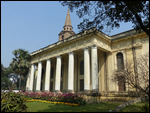

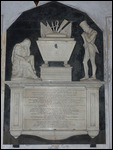
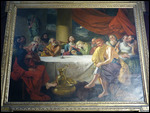
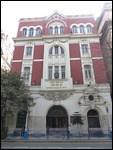
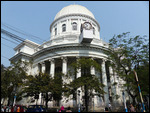
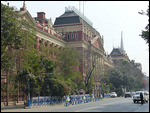
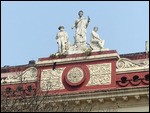
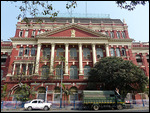
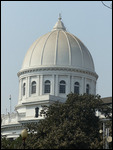
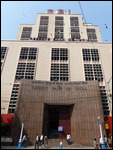
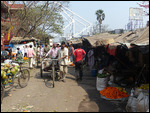
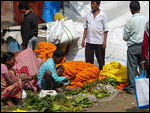
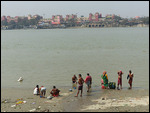
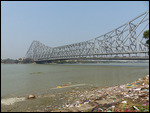
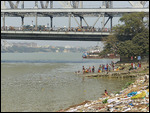
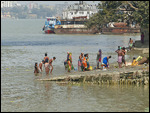
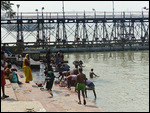
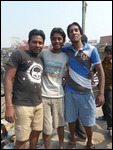

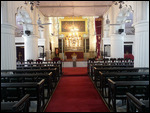
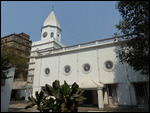
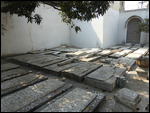
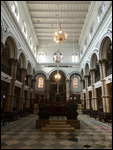
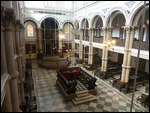
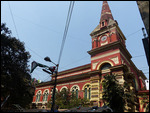
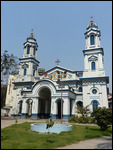
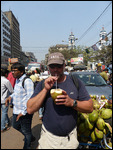
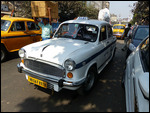
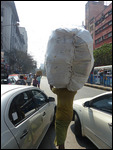
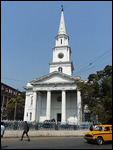

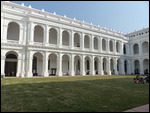
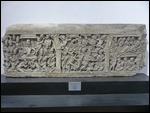
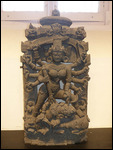
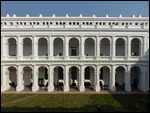
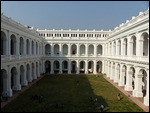
2025-05-22